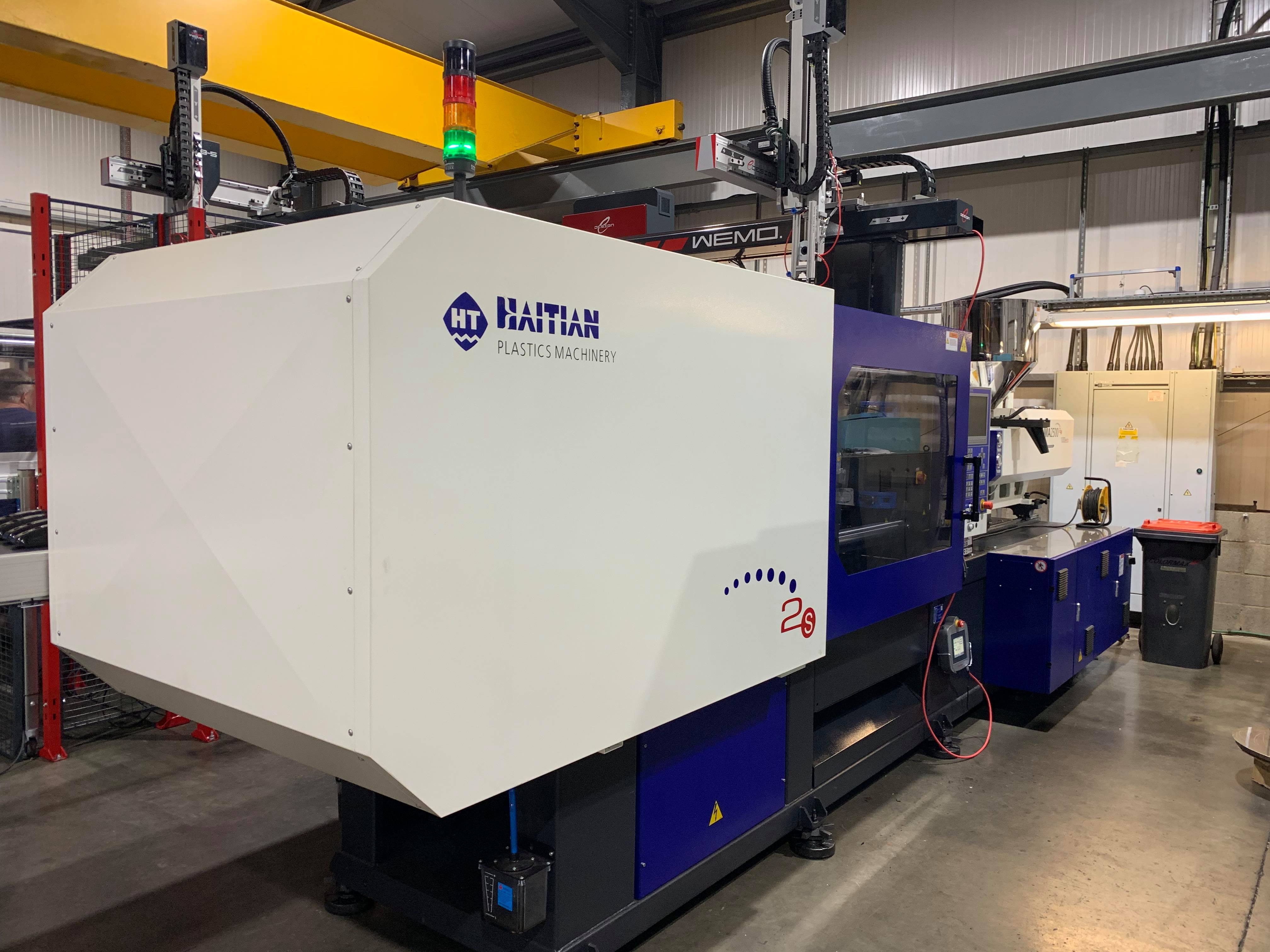Unlocking the Secrets of Injection Molding: A Deep Dive into the Heart of Manufacturing
In the world of manufacturing, precision and efficiency are paramount, and one process that embodies these qualities is injection molding. This highly versatile technique is used to produce a vast array of products, from everyday household items to intricate components used in advanced technologies. At the core of this process lies a critical piece of equipment known as the injection molder. Understanding what an injection molder is and how it functions is essential for anyone looking to grasp the intricacies of modern manufacturing.
An injection molder is a sophisticated machine designed to melt and inject thermoplastic or thermosetting materials into a mold. This process allows manufacturers to create parts with exceptional detail and consistency. The injection molding process is not only efficient but also highly scalable, making it a popular choice in various industries including automotive, healthcare, and consumer goods. By unlocking the secrets of injection molding, we can better appreciate the innovations that drive modern production methods and the vital role that injection molders play in this dynamic landscape.
Understanding Injection Molding
Injection molding is a manufacturing process that involves the creation of parts by injecting molten material into a mold. This method is widely used for producing a variety of products, ranging from simple household items to complex automotive components. The process begins with the selection of a material, typically plastic, which is heated until it becomes pliable. Once in a liquid state, the material is injected under high pressure into a pre-designed mold, where it cools and solidifies into the desired shape.
The injection molder itself is a sophisticated machine that plays a crucial role in this process. It consists of several key components, including a hopper for material input, a barrel for melting, and a clamping unit that secures the mold in place. The precision of the injection molding machine allows for high repeatability and consistency in the products being manufactured. This technology has revolutionized mass production, providing the ability to create intricate shapes that would be difficult or impossible to achieve with other manufacturing methods.
One of the main advantages of injection molding is its efficiency and speed. Once the initial mold is created, each cycle can produce a large number of parts in a relatively short time. This not only reduces production costs but also minimizes waste, making it an environmentally friendly option. As industries continue to advance and seek more efficient manufacturing techniques, the importance of understanding the injection molder and its capabilities becomes increasingly critical.

Key Components of Injection Molders
An injection molder is a complex machine composed of various critical components that work in unison to facilitate the molding process. One of the primary parts is the hopper, which is responsible for feeding the raw plastic material into the injection unit. The hopper typically features a large opening to accommodate bulk plastic pellets and includes a drying mechanism to ensure that the material is free from moisture before it is melted. This is essential for producing high-quality injection molded products.
Another vital component is the injection unit itself, which consists of a barrel and a screw mechanism. The barrel serves as the chamber where the plastic granules are heated to their melting point. The screw, which rotates within the barrel, pushes the molten plastic forward towards the mold. The design of the screw can vary, with different geometries suitable for different types of materials, aiding in efficient mixing and melting of the plastic.
Finally, the mold is perhaps the most critical part of the injection molder. It consists of two halves, the core and the cavity, which shape the molten plastic into the desired final form once it cools and solidifies. Molds are often made from durable materials such as steel or aluminum to withstand the pressure and temperature involved in the injection molding process. The precision and quality of the mold directly impact the surface finish, dimensional accuracy, and overall quality of the finished product.
Applications and Benefits of Injection Molding
Injection molding is widely used in various industries due to its versatility and efficiency. It is a preferred method for manufacturing plastic parts in sectors such as automotive, consumer goods, electronics, and medical devices. The ability to produce complex shapes and intricate designs makes injection molding ideal for creating components that require precise specifications. As a result, companies can meet the diverse needs of their customers while maintaining high levels of quality and consistency.
One significant benefit of injection molding is its cost-effectiveness in high-volume production. Once the initial mold is created, the process allows for rapid manufacturing of parts, reducing labor costs and material waste. This efficiency not only lowers production costs but also speeds up the time to market for new products. Furthermore, the automation of the injection molding process often leads to higher productivity, allowing manufacturers to scale operations seamlessly as demand increases.
Another advantage is the material diversity that injection molding offers. Manufacturers can use a wide range of thermoplastics, thermosetting plastics, and even some metals, providing flexibility in material selection based on performance requirements and project specifications. This adaptability ensures that products can be tailored to meet specific characteristics, such as durability, aesthetics, and thermal resistance, making injection molding an essential technique in modern manufacturing.